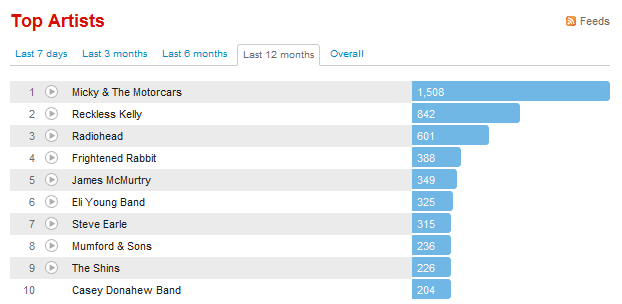A Sales Pipeline & Process for Startups
The other day an entrepreneur was asking me how to best setup and monitor a sales pipeline and process. I thought I'd post my answer here. Three simple steps: Step One: Setup Stages. I like to use these six:
- Qualified: you've identified the right individual to speak to
- Meeting Set (with right individual)
- Meeting Held (with right individual)
- Proposal (your proposal has been received by the prospect)
- Verbal (prospect has agreed to the terms of your proposal)
- Closed Won (signed contract received)
Step Two: Identify your "conversion angles" for each stage of the process. That is, what are the secrets to getting the sale from one stage to the next? For example, to qualify a lead it might mean identifying the person's job title and name by using LinkedIn or Hoovers. To get an opportunity from verbal to close it might be putting a product launch date on the IT team's calendar or a price break in return for a quicker close. Putting conversion angles for each stage down in writing is critical -- start with at least two angles for each stage.
Step Three: Identify the bottlenecks. Look at last quarter or even the current week (if you have enough opportunities) and place them in the appropriate stage. Identify which conversions are working and which are not. See the sample analysis below:

Based on this analysis, here's what's working and not:
Working: Qualifying Leads, Holding Meetings that get set
Not working: Setting meetings, Sending proposals out of meetings
With this information the team can dive into the details of these conversions to find out what's slowing the process down. Is it effort? Is it resources? The angles? Are some team members converting this well and others not? When this converts quickly, what are people doing? Are there specific segments of clients that are converting better than others? Why? Dive into the problems with these conversions. To add a layer of complexity, you can add a column showing the number of days that opportunities are in each stage.
This kind of analysis is valuable as a one off, but it will be even more valuable as time goes on. Managers can look at how these conversions are changing week over week or month over month. Relative data is always more valuable than a snapshot in time.
Even with a good sales process, there can still be holes that need to be patched. Different reps may interpret the stages differently or you may need to add steps to the process to have more transparency. To deal with the potential holes in the process, in parallel, I like to monitor what I call "tipping points". Tipping points are pieces of information, insights and actions taken by the prospect that increase my confidence that the deal is legitimate and moving at the right pace. Tipping points are crucial to keeping a sales team and a sales process on track.
This post is already getting a bit long. I'll write a post on tipping points in the next few weeks.



